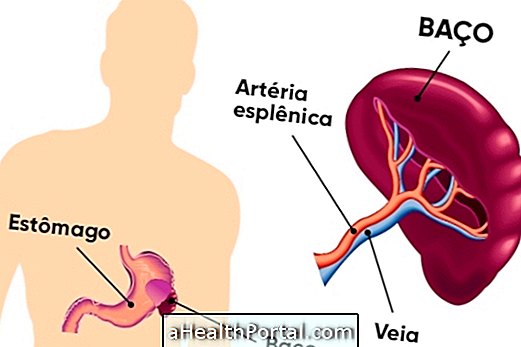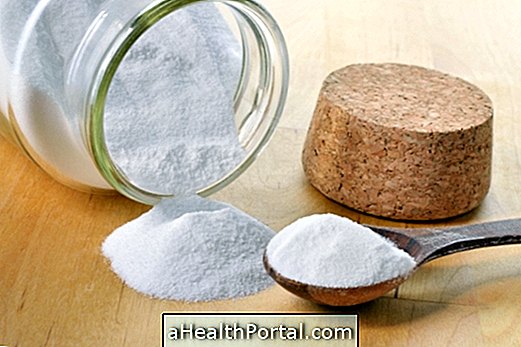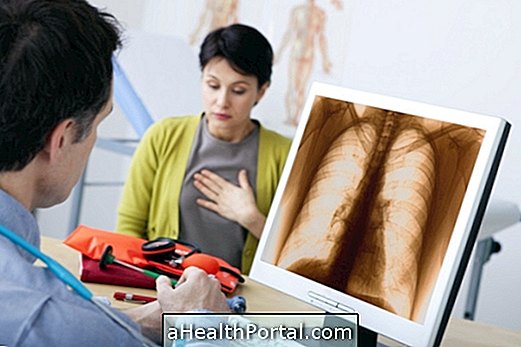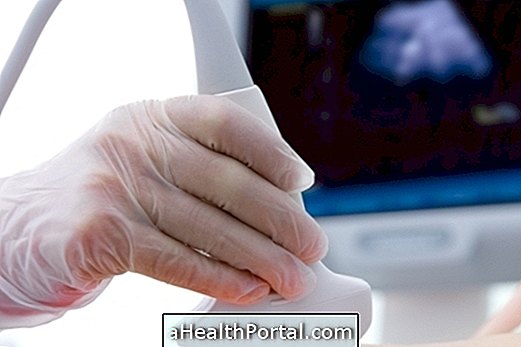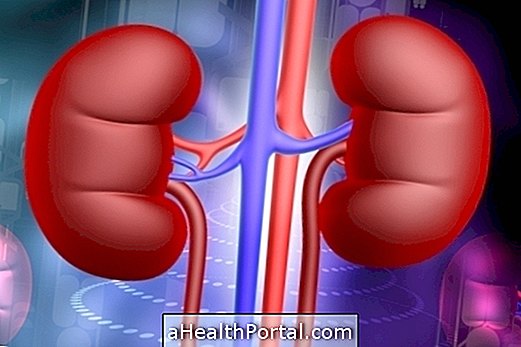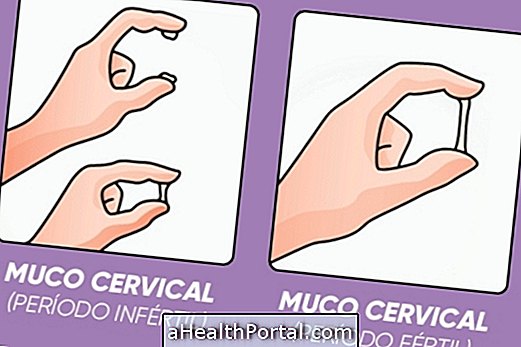Tuberculosis is a disease caused by the bacterium Koch Bacillus (BK), which usually affects the lungs, but can affect any other area of the body, such as bones, intestine or bladder. In general, this disease causes symptoms such as tiredness, lack of appetite, sweating or fever, but according to the affected organ, it can still cause other specific symptoms such as coughing up blood or blood loss.
So if you think you may have tuberculosis, point out the more general symptoms you are feeling:
- 1. Cough for more than 3 weeks Yes No
- 2. Coughing up blood Yes No
- 3. Pain in breathing or coughing Yes No
- 4. Feeling of shortness of breath Yes No
- 5. Constant low fever Yes No
- 6. Night sweats that can interrupt sleep Yes No
- 7. Weight loss for no apparent reason Yes No
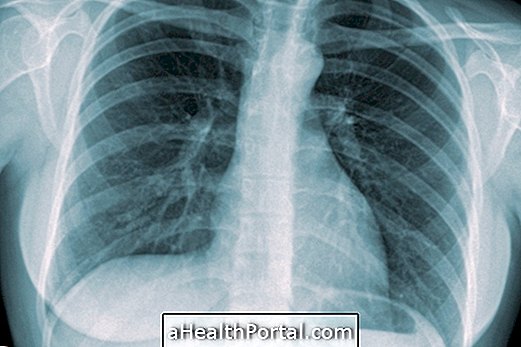
Associated with these symptoms, others specific for pulmonary or extrapulmonary tuberculosis arise.
Symptoms of pulmonary tuberculosis
In addition to the general symptoms of tuberculosis, tuberculosis that affects the lungs causes symptoms such as:
- Cough for 3 weeks, initially dry and then with catarrh, pus or blood;
- Pain in the chest, near the chest and difficulty in breathing;
- Production of greenish or yellowish sputum .
Learn how to relieve each of these symptoms through natural medicine by clicking here.
The symptoms of pulmonary tuberculosis are not always noticed at the onset of the disease, and sometimes the individual may have been contaminated for a few months and have not yet sought medical help.

Symptoms of extrapulmonary tuberculosis
Extrapulmonary tuberculosis, which affects other organs and other parts of our body such as kidneys, bones, intestines and meninges, for example, causes general symptoms such as weight loss, sweating, fever or fatigue, for example.
In addition to these symptoms, you may experience pain and swelling where the bacillus is lodged, but since the disease is not in the lung, there are no respiratory symptoms involved, such as coughing up blood.
In this way, if the symptoms of tuberculosis are identified, one should go to the hospital or clinic to confirm the diagnosis of pleural, intestinal, urinary, miliary or renal tuberculosis, for example and, if necessary, start treatment. Read more about the different types of tuberculosis.
Symptoms of Childhood Tuberculosis
Tuberculosis in children and adolescents causes the same symptoms as in adults, leading to fever, tiredness, lack of appetite, coughing for more than 3 weeks, and sometimes an increase in gums.
Generally, it takes a few months to diagnose the disease, as it can be confused with others, and tuberculosis can be pulmonary or extra pulmonary, affecting other organs of the child.
How is the treatment done?
Treatment for tuberculosis is free and is usually done with the daily dose of tablets to combat the bacillus and includes the use of antibiotics such as Rifampicin or Isoniazid for example for 6 months. However, treatment can take 2 years or more, if not followed correctly, or if it is a multidrug-resistant tuberculosis, for example.
In this way, the doctor should advise the individual on when to take the medicine and advise him to take the medication every day, always at the same time. Learn more about treatment options and duration.

